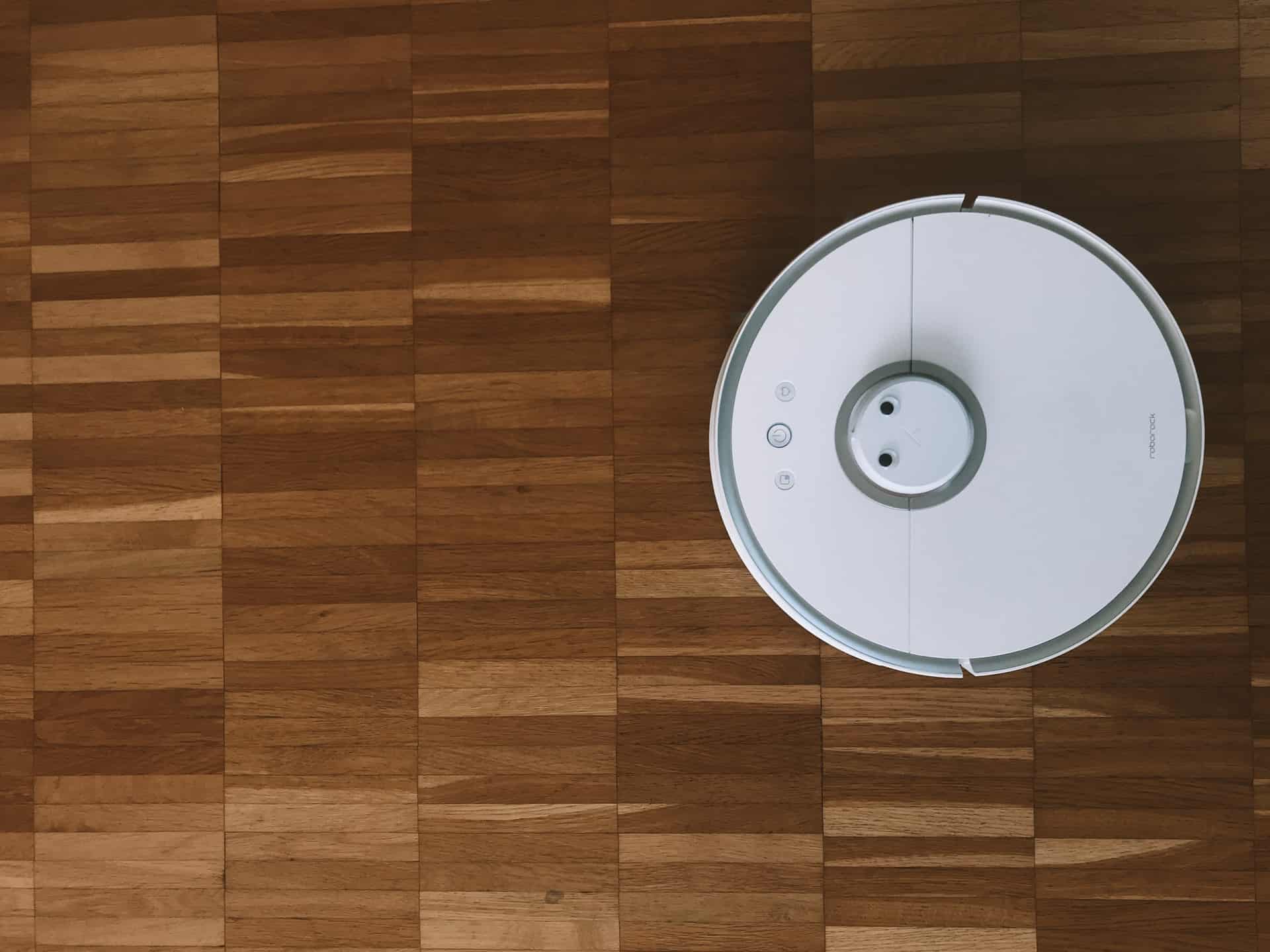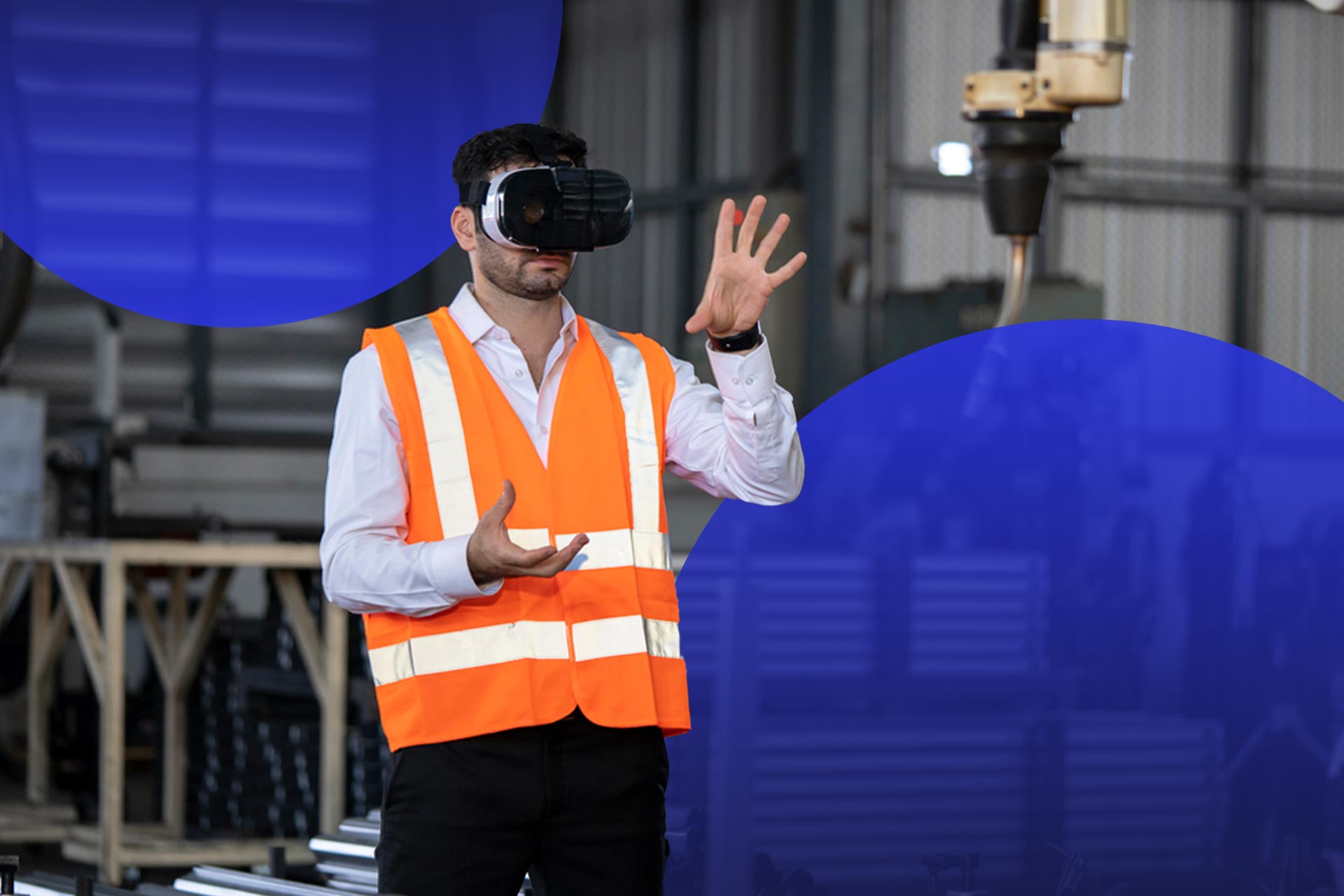



It wasn’t a huge surprise a few years back when Google Glass failed to gain traction in the consumer market. At the time, we didn’t have any compelling use cases — nor, perhaps, the required fashion fearlessness — to welcome “virtual” and “mixed” realities into our daily lives. But the tech sector has had a busy few years since then. Glass is now rebranded as an industry-first piece of technology, and other tech companies like Apple and Microsoft are also moving to stake their claim in the still-young virtual reality market. No matter what happens in the consumer market for VR, it’s clear industrial purposes — most especially manufacturing plants — are eyeing the advent of VR with guarded but optimistic excitement. There are several areas where VR could provide vast improvements to efficiency and accuracy. Here are five manufacturing advantages of VR.
There’s probably little need to point out how many moving parts — figurative and literal moving parts — are required to keep the engines of production turning. Whether you trade in small-batch assembly or deal with industrial-scale production, quality assurance and minimizing risk are likely at the front of your mind.
How does VR help improve quality assurance and insulate you from risk? One way is by providing a link between the physical and digital worlds.
For instance, it’s becoming prevalent to find barcodes or QR codes on everything from spare parts for machines to components in a consumer-level product. Using handheld scanners or, more and more, heads-up displays and wearables, employees can scan these codes and bring up engineering schematics, blueprints for 3D printers and a host of other invaluable information.
How does this help? Think of the advantages of knowing, in an instant, everything there is to know about:
Risk management is the overriding theme here, with quality assurance being a vitally important piece of the whole. Your risks as a manufacturer vary widely in scope, not the least of which is having a part fail because it wasn’t up to spec or dispatching the wrong pallet of products. VR fits into the equation by providing a degree of perception and method duplicability that just wasn’t possible with the naked eye alone.
A frequently-cited statistic claims that trainees can recall up to 90 percent of something they learned, a full two weeks later, if they had the opportunity to experience, simulate or carry out the information or technique.
The manufacturing advantages of VR will likely prove to be a breakthrough in those sorts of hands-on employee training experiences. In fact, companies like UPS and Walmart are already rolling out virtual reality training for their employees.VR headsets, for example, let drivers use sophisticated simulations to practice traffic maneuvers. Warehouse employees can use the same tech to observe and carry out picking and packing operations, as well as to learn how to handle complex or dangerous machinery without the risk of injury.
When Toyota applied VR-based learning to training for their assembly line workers, they not only discovered their employees were better equipped with the required knowledge, but also that they were more motivated and conscientious.
Even if you don’t end up using VR directly as part of the manufacturing process at your plant, there’s a good chance your engineers and maintenance workers could end up finding the tech a useful companion in diagnosing problems with machinery and then initiating the required repairs.
Another term you’ll hear used interchangeably with or alongside virtual reality is “mixed reality.” It’s the idea of using vision augmentation — such as heads-up displays, digital glasses and, in some cases, intelligent feedback — to interact more confidently and competently with the world around us. Dealing with the complex tasks of inventory movement and management is a clear application for VR and mixed reality technologies.DHL and other companies are already experimenting with pilot programs to apply “vision-based picking” to their warehousing operations. It’s deceptively simple: Employees equipped with smart glasses receive prompts as they move about the warehouse and get specific guidance as they approach racking and pallets of products.
Unassisted order picking can be a grueling experience for employees, as well as one that’s riddled with opportunities for error. When DHL introduced VR glasses to some of their operations in the Netherlands, they found those operations jumped in efficiency by some 25 percent, alongside a corresponding drop in pick errors.
Likewise, Amazon’s retail empire has been quick to identify the opportunities presented by VR in warehousing. They’re looking now at equipping their pickers with visual and haptic feedback that could virtually eliminate mis-picks by helping stowers get the products to the appropriate locations the first time and give more detailed, definitive feedback to order pickers.
Maybe it happens a little less so these days, but at one point or another, we’ve all grabbed a stack of graph paper to draw little diagrams of our living rooms so we can visually rearrange our furniture without throwing out our backs in the process. Taking this process to the next level — and applying it to floor planning and plant design — might be one of the most exciting potential applications for VR in manufacturing.
There are already several VR-based tech companies out there providing the tools for engineers to visualize their surroundings in an interactive, immersive 3D representation. With the price of VR tech dropping continually, these tools will soon be within reach of even modest manufacturing concerns. Expect it to eliminate a lot of the trial and error involved with planning machinery locations and anticipating the “flow” of a product as it comes and goes.
Even product showrooms are getting the VR treatment when they’re due for a redesign, overhaul or just a rearrangement of products. Designers are using 3D renderings to create virtual models of showrooms that look real enough to walk through. The technology will only get more impressive from here.
An even newer innovation — now in its beta stages — would see VR joined with a so-called “endless treadmill” to complete the sense of travel distance and motion required for more “active” applications. In other words, it’ll soon be possible for CEOs and other business leaders to take virtual tours of production floors from their office, a corporate headquarters or even halfway across the world.
Product design is the other compelling opportunity provided by VR-based technologies. As a manufacturer of complex machines, Gabler needed a way to more effectively communicate technical details to their employees and their clients alike. By turning to VR technology that’s already on the market today, they’ve allowed all parties involved to more easily observe and discuss the complexities of real-world products before manufacturing begins.
The result has been a 15 percent drop in development time, far fewer risks and snags in the development process and more efficient collaborations with their business partners.
While some of the entries on this list sound like far-future stuff, many of the tools and techniques we’ve talked about are already available from pioneering tech companies looking to make themselves indispensable as manufacturing reinvents itself. But robotics might be the most “sci-fi” application yet for VR. The game so far has been all about placing humans in digital environments or placing digital objects into physical ones. But the concept of “telepresence” just as readily applies to robotics.
We already see the vast potential of remotely controlled robotics, facilitated with VR-based wearable technology to change the very nature of surgery. But teleoperated robots are only just making their start, meaning they’re likely coming for manufacturing next.
Whereas remotely operated robots used to require joysticks and watching the operation from a monitor, immersive VR tech now lets pilots, as it were, “inhabit” the “bodies” of their robotic partners as they do their work together. As we’ve seen, joining the digital and physical realm makes product design easier than ever, but it can also let us operate robotic manufacturing devices with more control and dexterity than ever before.
Applying VR to manufacturing is expected by many in the tech space to become the new norm by 2020 and beyond, and it’s not hard to see why — it’s a bridge between the human and robotic. It’s also a way to hedge our bets against mass automation by joining human intuition with the accuracy and resiliency of robotic chassis and limbs. Given all these opportunities, it’s clear that the manufacturing industry of the near-future will look quite a bit different than it does today. Even smaller operations are getting their hands on this “future tech” to see where the possibilities will take them.
Featured Image Credit: National Institute of Standards and Technology (Hexapod machine), via Wikimedia Commons


This site uses Akismet to reduce spam. Learn how your comment data is processed.